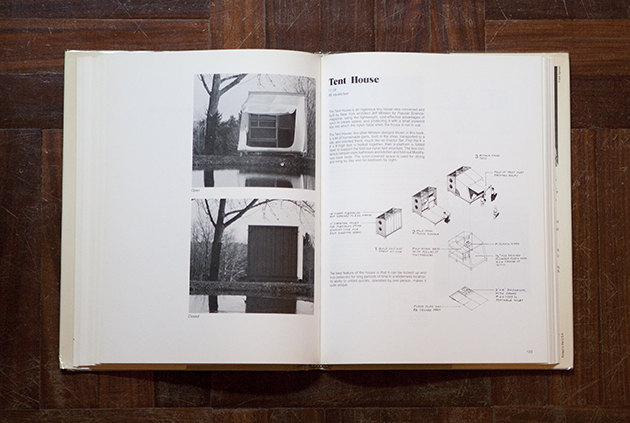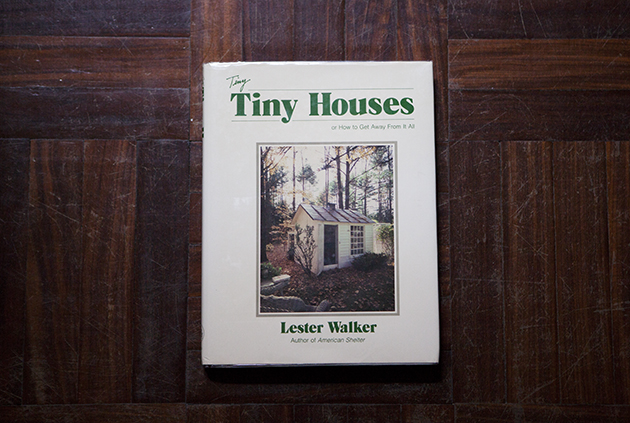
For as long as I can remember, I have always dreamed about the perfect house. I imagined the colour of its walls, the light coming through its windows, the size and shape of its furniture. My dream of a perfect house never included a single thought about the structure of its walls, the efficiency of its heating system or the finishing of its floors. It was all about a subtle feeling of calm, happiness and blissful peace, usually coming from months spent daydreaming about its carefully arranged, yet crooked details, and tons of shabby plants. Even though the thoughts on my perfect house never really entertained its construction, I can easily relate to Lester Walker saying that “one of the great thrills in life is to inhabit a building that one has built oneself.”
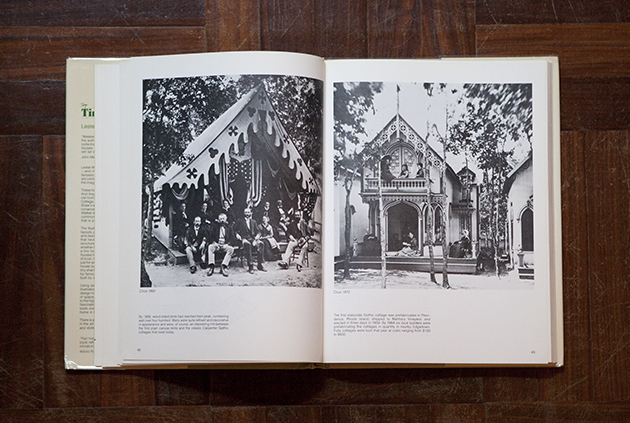
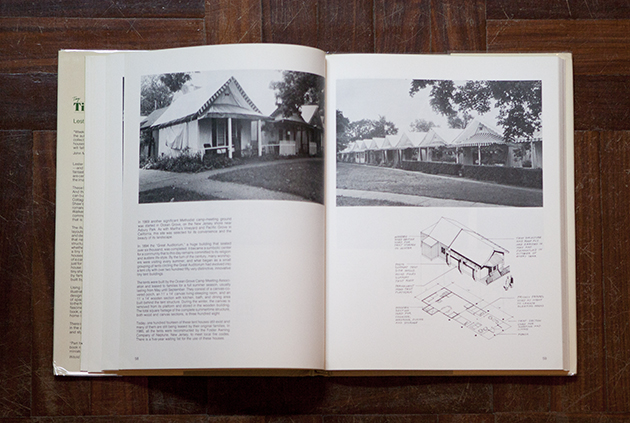
In the introduction to his book, Tiny Houses, Walker speaks about the veiled concept of a perfect house, saying: “The first tiny house I remember seeing and categorizing as a tiny, tiny house was a complete surprise. In the summer of 1963, I discovered one while hiking along what seemed to me to be a very treacherous untraveled animal trail on a remote part of Maine’s coastline. […] There it was, a tiny little gabble-roofed cabin built entirely of tarpaper and driftwood, complete with an Adirondack style built-in twig bed, a perfect little kitchen that used water from a nearby spring, and a writing desk under a window facing the sea. This home will remain in my mind as one of the most beautiful buildings I’ve ever seen.” This particular tiny house tipped of Walker’s adventure in compiling this book, while it also started what might be one of the most insightful, lightly profound and fortunate studies on the meaning of houses and building in our everyday life.
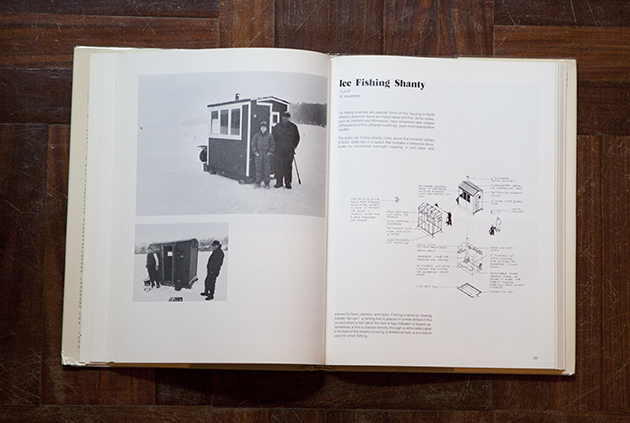
With Tiny Houses, Walker has compiled a sourcebook of different types of simple yet intimate homes: from Thoreau’s cabin to Martha’s Vineyard Campground cottages, from houses on wheels to tiny writer’s huts in which Hollywood movie scriptwriters were forced to stay until they completed their jobs. It is a practical book about building, as much as it is an ode to the pleasure of creating one’s home; a discovery of our intimate need to build a shelter and feel at ease within four walls, whatever form these may take. If a perfect house is, in fact, a dream, Lester Walker’s Tiny Houses is the most perfect tool to “inspire people of all ages and degrees of carpentry skill to take hammer in hand a build themselves” just that – “a little dream”.
